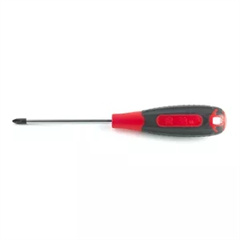The legacy of handmade knives holds a rich and storied history that continues to captivate enthusiasts, collectors, and craftsmen alike. Handmade knives are not just functional tools; they are works of art that embody centuries of craftsmanship, tradition, and innovation. Here’s a glimpse into the enduring legacy of handmade knives:
- Cultural Heritage: Different cultures around the world have their own knife-making traditions that reflect their history, values, and way of life. These traditions have been passed down through generations, preserving unique techniques and designs.
- Craftsmanship and Skill: Handmade knives are the result of meticulous craftsmanship and skill acquired over years of training and experience. Knife makers, often referred to as bladesmiths or cutlers, blend traditional techniques with modern innovations to create knives that are both functional and visually appealing.
- Artistry and Aesthetics: Handmade knives go beyond utility; they are expressions of artistry. Knife makers use various materials, blade shapes, handles, and decorative elements to create knives that are unique and often breathtaking in their design.
- Customization: Handmade knives offer a level of customization that mass-produced knives cannot match. Buyers can work with knife makers to create knives tailored to their preferences, whether it’s the type of steel used, the handle material, or the overall design.
- Collectibility: Handmade knives often have a collector’s appeal due to their uniqueness, limited availability, and the stories behind their creation. Collectors value them for their craftsmanship, historical significance, and the personal touch of the knife maker.
- Functional Excellence: While aesthetics play a significant role, handmade knives are also built to perform. Many knife makers focus on creating blades with exceptional sharpness, edge retention, and overall functionality for tasks ranging from cooking to outdoor activities.
- Innovation: Handmade knife makers are known for pushing the boundaries of knife design and technology. They experiment with new materials, techniques, and blade geometries to create knives that combine tradition with innovation.
- Community and Mentorship: The world of handmade knives has a tight-knit community of enthusiasts, collectors, and craftsmen. Apprenticeships and mentorship play a crucial role in passing down skills and ensuring the continuity of the craft.
- Preservation of Heritage: Handmade knife making helps preserve cultural heritage and traditional craftsmanship that might otherwise fade away due to modernization and mass production.
- Environmental Considerations: Some knife makers focus on using sustainable materials and environmentally friendly processes, aligning with a growing awareness of ecological concerns.
- Legacy and Storytelling: Handmade knives often come with stories. The story of the knife maker, the materials used, and the inspiration behind the design all contribute to the legacy of each knife.
The legacy of handmade knives is one of dedication, artistry, and a deep connection to history. Each knife carries the fingerprints of the person who shaped it, making it not just a tool but a representation of human creativity and ingenuity.



































